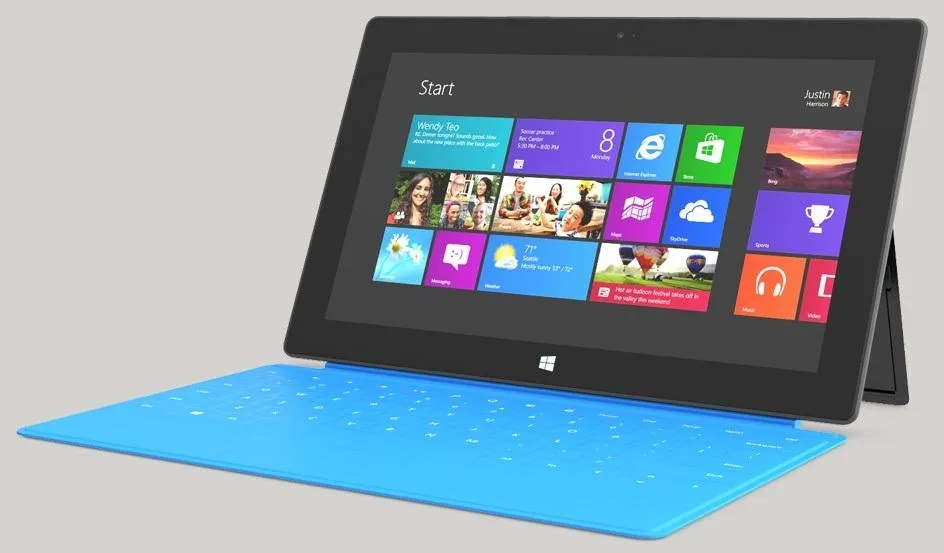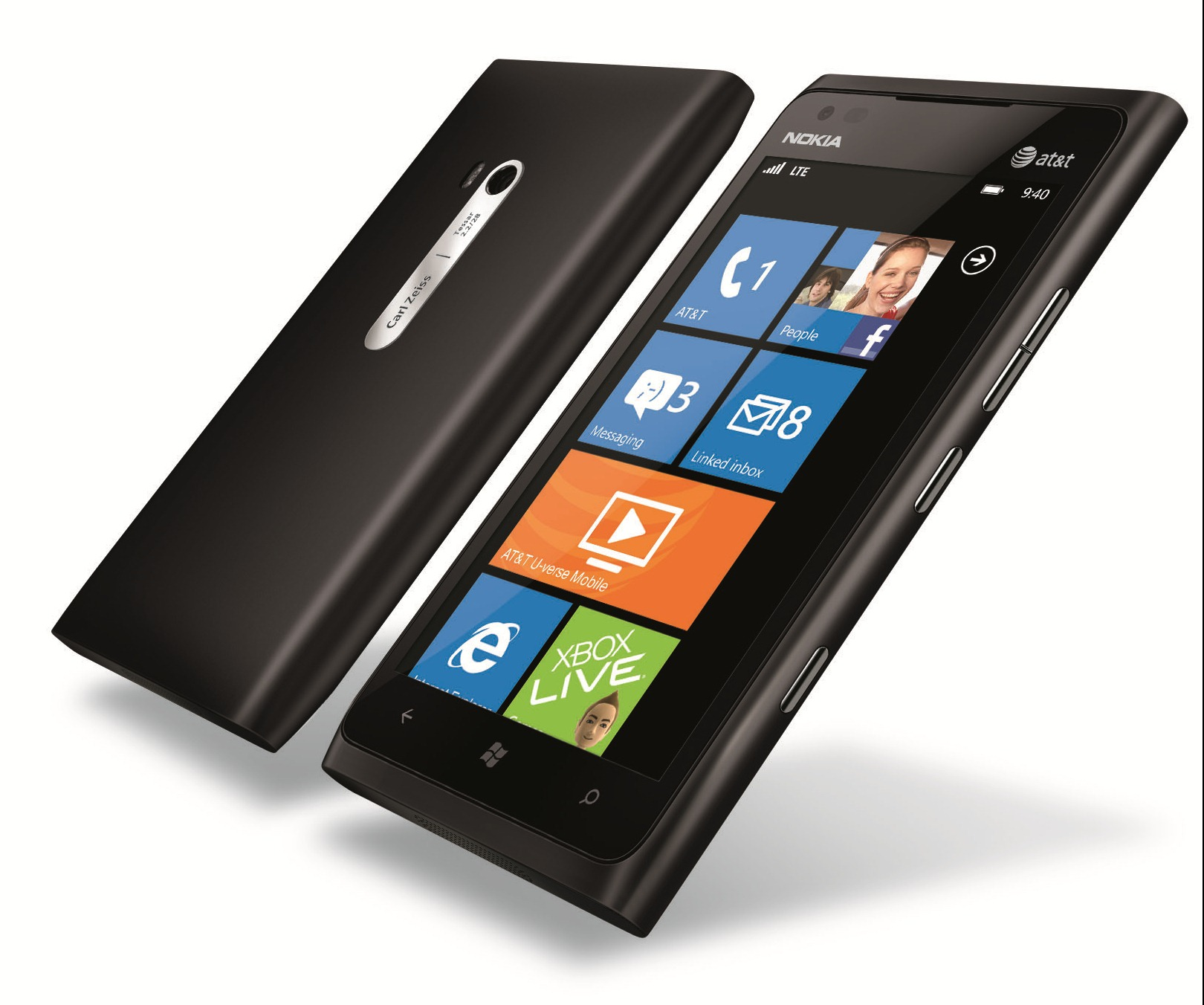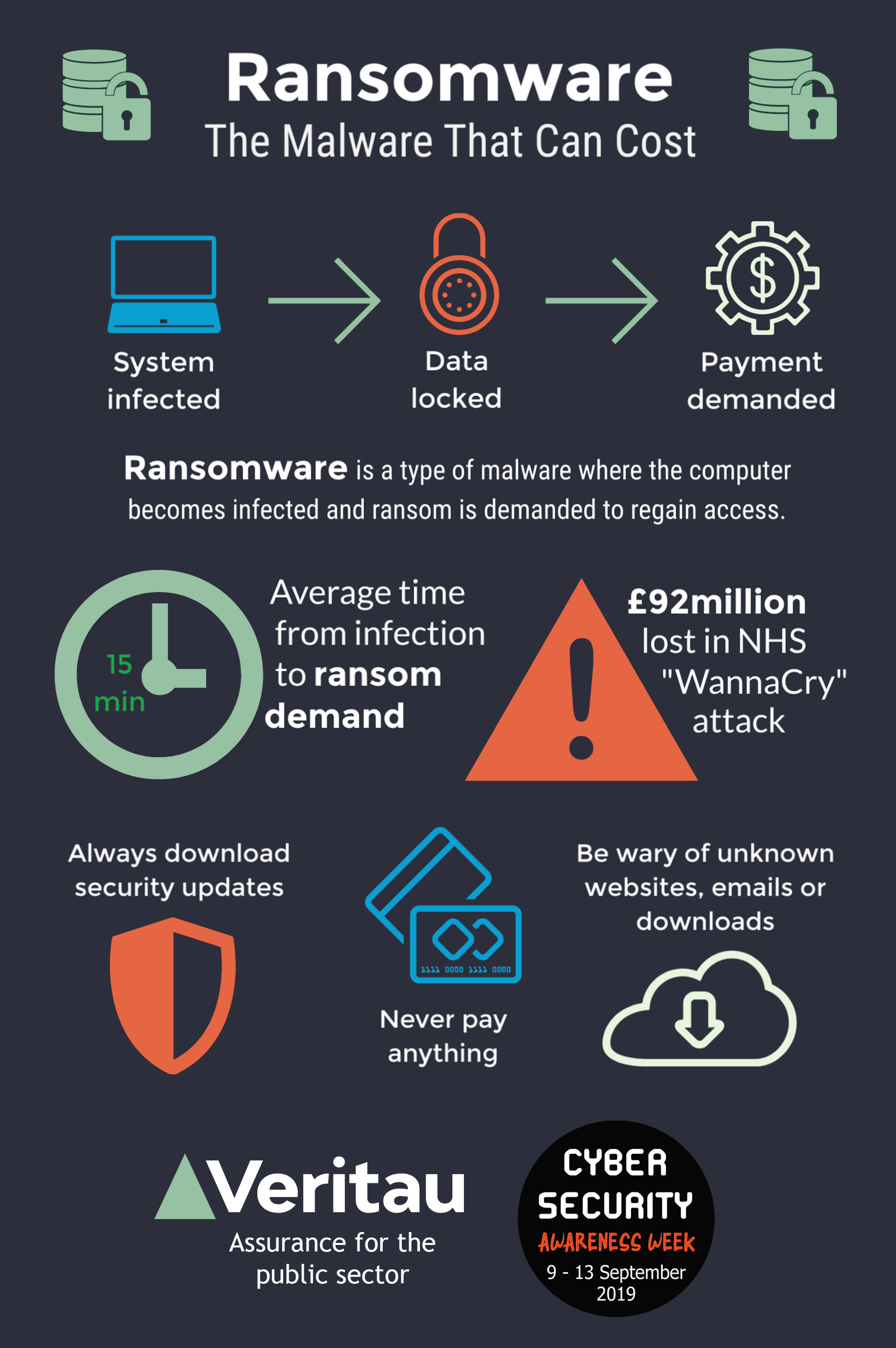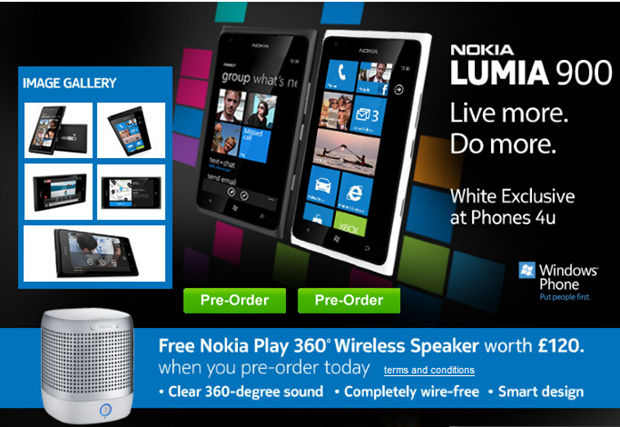Windows 8 touch devices mark a significant shift in how users interact with technology, blending traditional computing with intuitive touch-based experiences. From touch screen PCs to versatile Windows 8 tablets and innovative hybrid devices, this operating system was designed to provide a seamless experience for users seeking a more hands-on approach. With the arrival of touch functionality at its core, Windows 8 features a dynamic interface that redefines interaction with Windows 8, enhancing productivity and ease of use. As manufacturers compete to offer the best touch-enabled devices, enthusiasts are left to explore the myriad options available today. In this evolving landscape, are you ready to join the touch revolution?
Modern touch-enabled gadgets represent a new era of personal computing, improving the way we engage with our devices. With a focus on versatility, these innovative machines—including touch screen laptops and adaptable tablets—have transformed the computing landscape. The user-friendly interface and responsive design of these devices have made them particularly appealing to those tired of traditional input methods. As manufacturers continue to innovate, the rise of hybrid units challenges the conventional understanding of personal computing. Are you curious about how these advancements might enhance your digital interactions?
The Evolution of Touch Devices in Windows 8
When Windows 8 was introduced, it represented a significant shift in Microsoft’s approach to operating systems, particularly with an emphasis on touch functionality. Many users were initially hesitant, as the market for touch screen PCs and tablets was still in its infancy. However, as more manufacturers began to release touch-enabled devices compatible with Windows 8, the landscape dramatically changed. Major brands started to capitalize on the novel features of the operating system, integrating touch screens into their offerings, thereby enhancing user interaction with Windows 8.
Today, the evolution of Windows 8 touch devices has paved the way for a more versatile computing experience. New hybrid devices, which combine the functionality of laptops and tablets, have emerged, allowing users to seamlessly navigate through their daily tasks. With the introduction of innovative designs and features, users can enjoy a more intuitive interaction that takes full advantage of the capabilities of Windows 8. The commitment of both Microsoft and hardware manufacturers to develop and support touch screen PCs has made it easier for users to adapt to this new way of computing.
Maximizing Your Experience with Windows 8 Tablets
Windows 8 tablets have quickly become popular among users seeking portability without sacrificing the power and functionality found in traditional PCs. These devices exemplify the best of both worlds, offering users the ability to run traditional Windows applications while providing an easy-to-use touch interface. With the right Windows 8 tablet, you can enjoy the flexibility of working from anywhere, whether on a commute or in a coffee shop, thanks to the lightweight design and battery longevity typical of these devices.
To maximize your experience with Windows 8 tablets, it’s essential to explore the range of applications optimized for touch interaction. Many apps take full advantage of the Windows 8 features, utilizing gestures and touch commands to enhance productivity. Furthermore, utilizing accessories such as Bluetooth keyboards can help bridge the gap between touch and traditional typing, making it easy to enjoy the tactile benefits of both interfaces. As the ecosystem around Windows 8 continues to evolve, users can look forward to even more applications designed specifically for touch screen interaction.
The Benefits of Hybrid Devices with Windows 8
Hybrid devices that combine the functionality of a standard PC with the portability of a tablet are revolutionizing the way we interact with Windows 8. These devices allow users to switch between laptop mode for productivity tasks and tablet mode for browsing or media consumption, all without the hassle of multiple devices. The flexibility of hybrid devices makes them ideal for professionals who require performance on-the-go or students who need a versatile device for both study and entertainment.
Incorporating Windows 8 into hybrid devices has enriched the user experience through seamless integration of touch features and traditional computing. With many manufacturers producing their own versions of hybrids, users have a wide array of choices in terms of specifications, designs, and price points. This variety means that everyone can find the perfect device that suits their needs while taking full advantage of Windows 8’s touch capabilities, leading to an engaging and productive user experience.
Interacting with Windows 8: User Experiences
The interaction experience with Windows 8 varies significantly depending on the type of device used, be it a touch screen PC, tablet, or a hybrid device. Users who leverage a touch interface often report a more engaging experience, utilizing gestures and touch commands that make navigation intuitive. For example, swiping from the edges of the screen to access notifications or the Charms menu adds an element of fluidity that enhances daily workflows.
Conversely, traditional mouse and keyboard setups continue to be prevalent among users who prefer fine control over their interactions. However, there’s a growing recognition that integrating touch functionality can complement these traditional inputs. As users gain more experience with Windows 8’s tablet-like features, many are finding a balanced approach that allows them to fully leverage the operating system’s capabilities, regardless of the device type.
Touch Screen PCs: A Closer Look
Touch screen PCs traditionally faced skepticism at their introduction; however, they are increasingly becoming a staple in modern computing. The integration of touch capabilities into desktop environments has transformed how users interact with the operating system, bringing a more fluid, dynamic approach to computing. With Windows 8’s tiles and user interface designed for touch, users of touch screen PCs can navigate through applications and settings with ease, fostering a more engaging user experience.
The key benefit of touch screen PCs lies in their versatility. Users can execute commands through tapping, swiping, and pinch-to-zoom gestures, making tasks more efficient. Additionally, many touch screen PCs now come with advanced features such as stylus support, which further enhances their functionality, especially for designers and those involved in creative tasks. The market for these devices continues to expand, affirming the viability of Windows 8 as a touch-optimized operating system.
Considerations for Transitioning to Windows 8 Touch Devices
As the trend towards touch technology grows, many users are contemplating transitioning to Windows 8 touch devices. Making the shift involves considering several factors, including compatibility, device specifications, and personal computing habits. Users should assess their typical usage patterns and determine whether the benefits of a touch interface align with their needs, especially if they rely heavily on traditional desktop applications.
Moreover, transitioning to touch devices involves adapting to a new way of interaction. Many users express a learning curve when switching from a mouse and keyboard to touch navigation. However, with practice, the ease of accessing apps through swipe gestures and touch commands often outweighs the initial discomfort. Educating users about the advanced features and optimizing the settings on their new devices can also enhance the transition experience, making the switch to Windows 8 touch devices a rewarding decision.
The Future of Windows 8 Touch Technology
Looking forward, the future of Windows 8 touch technology seems bright as more devices are developed and existing ones are refined to maximize touch features. As manufacturers innovate, we can expect to see improved performance and more ergonomic designs, allowing for more intuitive interaction with the operating system. Additionally, advances in hardware technologies will likely enhance the overall touch experience, making it smoother and more responsive than ever.
Furthermore, as software developers create applications tailored for touch interfaces, users will have access to an ever-expanding ecosystem that takes full advantage of Windows 8’s capabilities. These advancements will not only improve usability but also encourage more users to make the switch to touch devices. As we fully embrace this touch-centric approach, it is evident that the interaction paradigms in computing will continue to evolve, shaping the future of how we engage with technology.
User Poll: The Touch Device Experience
User engagement is crucial to understanding the impact of touch device technology. Polling users about their experiences with Windows 8 touch devices yields valuable insights into their preferences and applications. Gathering feedback on how individuals interact with the operating system—whether they use a standard PC or a touch-enabled device—allows us to grasp the overall sentiment toward touch technology.
Moreover, user polls can highlight trends in consumer preferences, showcasing the growing acceptance of touch devices in various environments. With a significant number of users considering the transition to touch devices, it’s vital for manufacturers and developers to listen and adapt to these insights, ensuring that future Windows 8 offerings align with users’ desires for seamless interaction and enhanced usability.
Conclusion: Embracing Touch-Enabled Windows 8
In conclusion, embracing touch-enabled Windows 8 technology opens the door to a more dynamic and engaging computing experience. As we look at the evolution of touch screen PCs, tablets, and hybrid devices, it becomes clear that the future is leaning towards touch-based interactions. Users are finding it increasingly beneficial to adopt these new devices, experiencing heightened productivity and enhanced application usability.
As technology continues to advance, it will remain crucial for users to stay informed about the latest developments in Windows 8 and touch interactions. By harnessing the full potential of touch devices, users not only enhance their personal computing experiences but also contribute to the broader acceptance and integration of touch technology across computing environments.
Frequently Asked Questions
What are the best touch screen PCs compatible with Windows 8?
When looking for the best touch screen PCs compatible with Windows 8, consider models with high-quality displays, like the Dell XPS 12 or Microsoft Surface Pro. These devices leverage Windows 8 features effectively, providing smooth navigation and enhanced functionality.
How do I interact with Windows 8 on touch screen tablets?
Interacting with Windows 8 on touch screen tablets is intuitive; you can swipe, tap, and pinch to control apps and navigate through the interface. Windows 8 tablets offer a simple and efficient touch experience, making the most of the operating system’s capabilities.
What are hybrid devices running Windows 8 and how do they differ from standard touch screen PCs?
Hybrid devices running Windows 8 combine the functionality of laptops and tablets. They typically feature detachable keyboards and touch screens, allowing users to easily switch between modes. This versatility makes them well-suited for both productivity and entertainment.
What features of Windows 8 enhance interaction with touch screen PCs?
Windows 8 includes several features designed for touch screen PCs, such as the Start Screen with live tiles, gesture controls, and swipe actions. These features create a more engaging way to interact with applications and navigate the operating system seamlessly.
Are there any limitations when using Windows 8 on touch devices?
While Windows 8 is optimized for touch devices, some limitations exist, such as certain desktop applications not being fully compatible with touch interactions. Users may find precision challenging with touch controls, particularly for tasks designed for a mouse interface.
What are the advantages of using Windows 8 tablets over traditional laptops?
Windows 8 tablets offer portability, longer battery life, and a touch interface that enhances user interaction. They are ideal for users who need a device for on-the-go tasks, allowing for easy access to applications and internet browsing without the bulk of a traditional laptop.
Can I upgrade my standard PC to work with Windows 8 touch features?
Yes, you can upgrade a standard PC to utilize Windows 8 touch features by adding a compatible touch screen monitor. This upgrade allows you to take advantage of the touch functionalities inherent in Windows 8 while still using your existing operating system.
What should I consider before purchasing a Windows 8 touch device?
Before purchasing a Windows 8 touch device, consider attributes like screen size, battery life, processing power, and compatibility with your required software. Additionally, think about whether you prefer a tablet, hybrid, or standard touch screen PC based on your usage needs.
| Key Point | Description |
|---|---|
| Design Intent | Windows 8 was specifically designed with touch devices in mind. |
| Market Availability | At launch, there were limited touch screen PCs and tablets that were compatible with Windows 8. |
| Device Types | Over time, manufacturers have released a variety of touch-enabled devices, including standard PCs, tablets, hybrids, etc. |
| Future of Computing | The trend in computing is moving towards touch-based interactions, shaping the future of technology. |
Summary
Windows 8 touch devices play a crucial role in the evolution of user interaction with technology. Initially, the limited availability of compatible devices posed a challenge, but the growing range of touch-enabled PCs and tablets has transformed the user experience significantly. With a clear shift towards touch-based computing, users are encouraged to embrace these innovations. Whether you own a touch device or are considering purchasing one, it’s evident that the future is touch-driven, making Windows 8 touch devices an important topic in today’s tech landscape.



